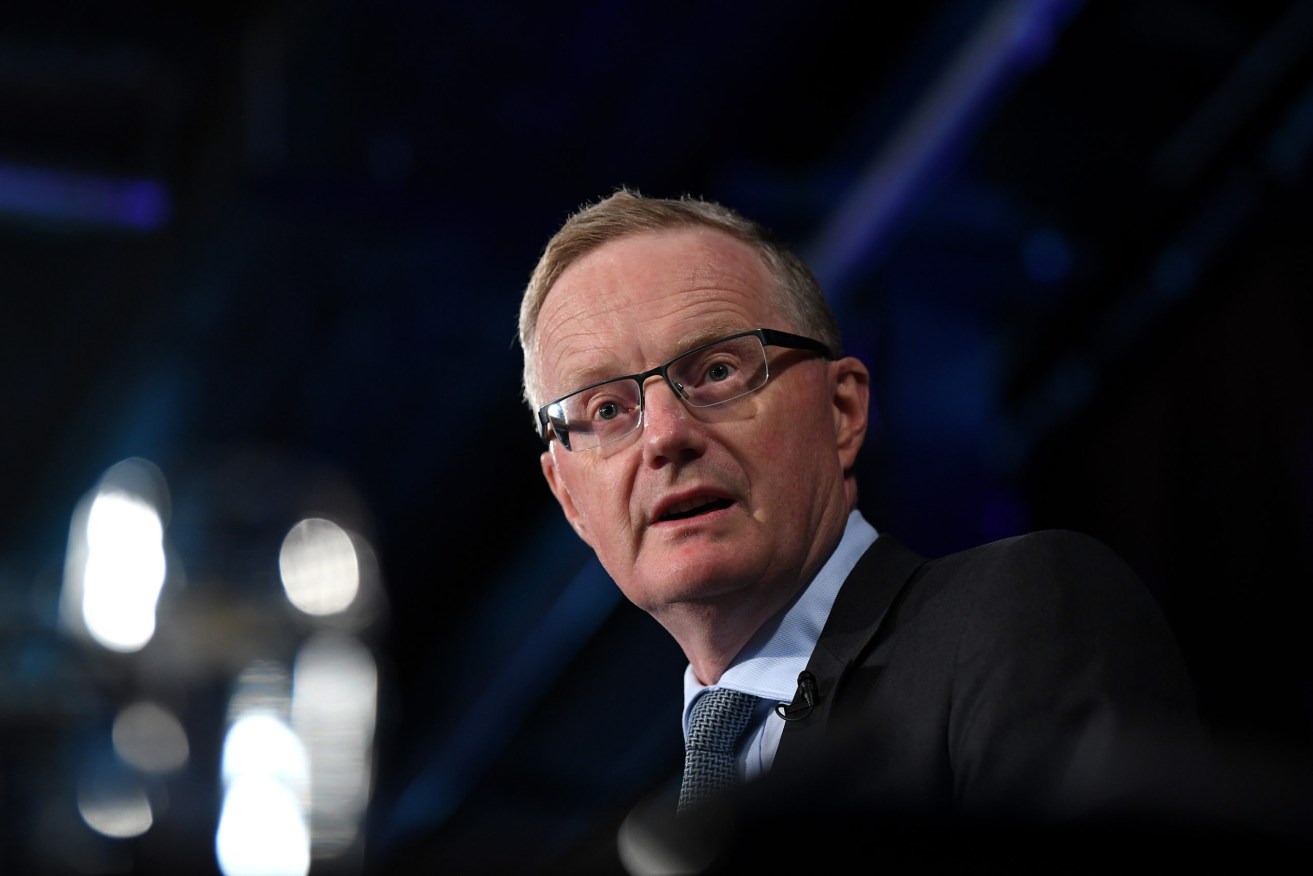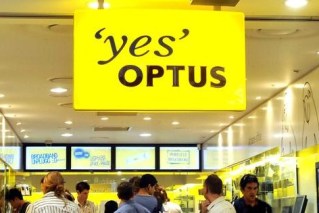Jobless rate falls further, but RBA worried about wages “mindset”
Employment is booming and workers are hard to find but many employers are refusing to use wage increases as an incentive, Reserve Bank governor Philip Lowe said.


Reserve Bank Governor Philip Lowe. (Photo: AAP Image/Joel Carrett)
Unemployment in Queensland has dropped to 5.4 per cent, the best result since 2012 but at an Australian Farm Institute conference in Toowoomba this morning, Lowe said some companies were now planning on holding off hiring new workers until the labour market loosened up which would reduce the likelihood of them having to lift wages to find the right people.
At a function in Toowoomba on Thursday, Lowe said the RBA was expecting the unemployment rate to trend lower over the months ahead “with our central scenario being that unemployment declines to around 4.5 per cent by the end of 2022’’.
“For the first time in many decades unemployment in regional Australia is noticeably lower than it is in the capital cities,’’ Lowe said.
“There is still a lot of variation across regions, but the average unemployment rate for regional Australia as a whole is at its lowest level in more than a decade.
“(But) many people are still struggling to find work, while, at the same time, some firms are reporting that they are finding it difficult to find workers. ”
He said the wage price index has risen only 1.5 per cent in the past year.
“And it is noteworthy that even in those pockets where firms are finding it hardest to hire workers, wage increases are mostly modest,’’ Lowe said.
He said business felt the market was too competitive to allow them to increase costs and “if profits can’t be increased by expanding or by raising prices, then it has to be achieved by lowering costs’’.
“This has become the predominant mindset of many businesses. This mindset can be helpful in making businesses more efficient, but it also has the effect of making wages and prices less responsive to economic conditions.
“This mindset became entrenched during the resources boom when the exchange rate appreciated very significantly.
“At least some of these businesses face a choice: do they increase wages in an effort to attract new employees and put up their prices or do they pursue another strategy?
“Many firms are choosing this second option, relying on non-wage strategies to retain and attract staff.
“Some are also adopting a ‘wait and ration’ approach: wait until labour market conditions ease, perhaps when the borders reopen, and until then, ration output.
“For some, this is a better option than paying higher wages and driving up their own cost base.
“By waiting and rationing, firms can avoid entrenching a higher cost structure in response to a problem that might be only temporary.’’












